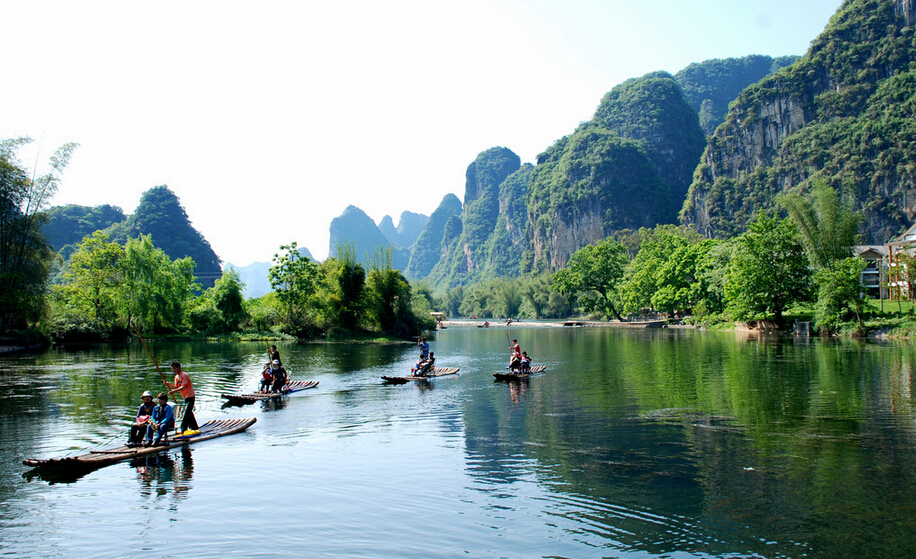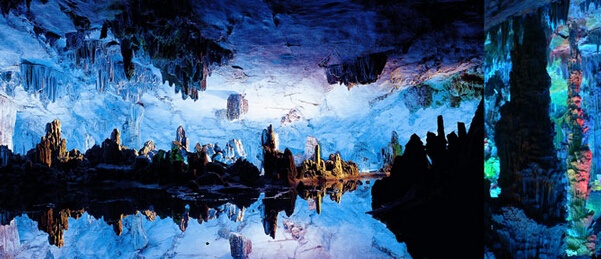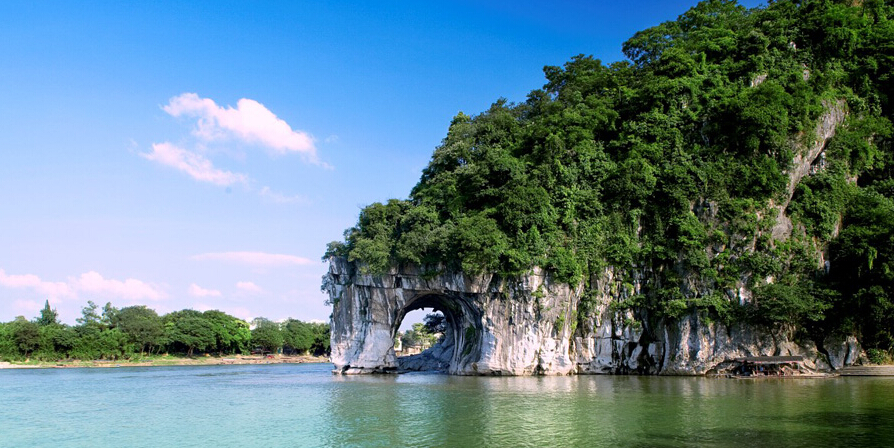Guilin

-
Guilin is a prefecture-level city in the northeast of the China, situated on the west bank of the Li River, and bordering Hunan to the north. Its name means, "Forest of Sweet Osmanthus", owing to the large number of fragrant Sweet Osmanthus trees located in the city. The city is one of China's most popular tourist destinations. The main attraction is the karst terrain, limestone mountains eroded into fantastic shapes. Apart from its sheer visual beauty, karst terrain also provides many cliffs suitable for rock climbing and many caves.
1¡¢Li River
Li River, one of China's most famous scenic areas, was listed as one of the world¡¯s top ten watery wonders by America National Geographic Magazine. It was even picked by CNN as one of "World's 15 best rivers for travelers". The Li River flows 83 kilometers from Guilin to Yangshuo, where the Karst Mountains and river sights highlight the famous Li River cruise. Tourist cruises in different boats (varying from small bamboo rafts to larger, air-conditioned ships) are offered on the Li River throughout the year and are one of the major attractions of Guilin.

2¡¢ Reed Flute Cave
Reed flute cave is located at the northwest of Guilin City, 5 kilometers away from the center of the city, the cave is a famous scenic spot, mainly offering a magic fairyland of stalactites, stalagmites, stone columns, curtains and flowers. The Reed Flute Cave is a natural limestone cave with multicolored lighting and has been one of Guilin¡¯s most interesting attractions for over 1200 years. It is over 180 million years old. The cave got its name from the type of reed growing outside, which can be made into melodious flutes. Reed Flute Cave is filled with a large number of stalactites, stalagmites and rock formations in weird and wonderful shapes. Inside, there are more than 70 inscriptions written in ink, which can be dated back as far as 792 AD in the Tang Dynasty.

Elephant Trunk Hill is the symbol of the city of Guilin. It got its name because it looks like an elephant drinking water. The round opening that would be under the elephant¡¯s trunk is known as Water-Moon Cave because at night the reflection of the moon can be seen through the arch and it looks as if it is under the water and floating on the surface of the water at the same time. Elephant Trunk Hill and Water-Moon Cave are located at the confluence of the Taohua River and the Lijiang River.
